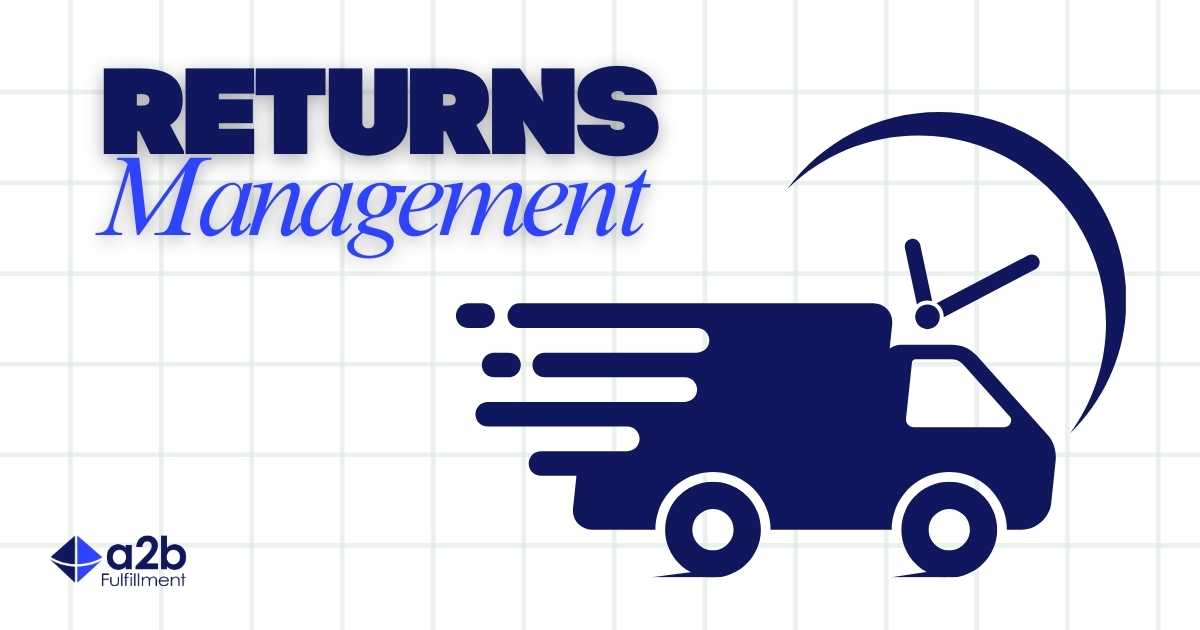This article appeared originally in Response Magazine – August 2012
In a perfect DR world no sale would ever be cancelled. No product would ever be returned. Since that perfect world is elusive, Marketers need to be prepared for returns. A well-thought out strategy and procedure for handling returns can reduce returns, lower costs, and potentially create a revenue source.
Returns occur for many reasons: incorrect address, COD and refusal to pay, customer moved, buyer’s remorse, product did not meet customer’s expectations and product quality issues such as packaging, shipping damage and missing components.
Anticipate reasons your campaign might experience returns. Then you can implement measures to decrease or even prevent these. The best payoff is before your campaign launches. If you are already running, you still can benefit from an analysis. Examples from above include: use address verification software to scrub orders before shipment; restrict COD payments; processing orders quickly with minimal transit times will decrease buyer’s remorse; communicate accurately the product’s performance and benefits; ensure strong quality control measures in production, assembly, pick-pack and shipping.
Return options (from the view of the Marketer)
1) The Good. The burden is on the customer to package the product, go to the post office and pay retail postage rates. While this certainly deters some returns it creates bad will, which may hurt the Marketer. This option is risky for branded products and well-known companies. This may discourage repeat purchases and you may have lost a customer for life. Worse yet, if this results in negative social media for the campaign, you hurt yourself more than you gain in inbound freight savings.
2) The Bad. The Marketer pays the return postage. However, this can be a very powerful tool to increase conversions. Sell this benefit in your offer. This option is best suited for high ticket items, the brand conscious or Marketers that hope to sell other items.
3) The Pretty. The customer pays the return postage but the Marketer makes the process convenient (at a price). Marketers now can offer prepaid labels by email or mail at discounted postage rates. This allows the customer to skip the post office lines and simply drop the package in their own mailbox. Or even schedule a free pick up! And they are willing to pay for this convenience. This is really a “Pretty” option because everyone is happy and the Marketer can introduce it only after the Save-the-Sale attempts have failed.
There’s more. By controlling the return method, Marketers proactively can notify the customer of the return status, dramatically reducing customer service calls. Techniques include emails confirming the package is in the mailstream and on its way, when it arrives at the warehouse and finally when processed.
When the return hits the processing center, it is important to have well-designed procedures in place to open, inspect and evaluate the return. Then the customer can be credited (and notified, of course).
Now the work on the physical product begins. Any product or components that can be saved will result in cost savings. What is wrong with the product and components? What can be reused? This leads to refurbishment – clean, adjust, rebuild, repackage. All this operates under the protocalls that the Marketer sets up in advance.
Recycling of components and items can be done on several levels. These can be returned to the manufacturer. Or they can be rebuilt at the processing center and injected directly back into the inventory stream.
When to rework/refurbish/recycle is tied to the product characteristics. High value items merit analysis for saving as much as possible. A product line or offer type that has an historical high rate of return creates a large pool of units to examine. A solid historical pattern of usable product and/or components should encourage the Marketer to set up a program. If your fulfillment partner has the capabilities, it should encourage you to try.
What should you look for in a fulfillment or returns vendor? They should be located centrally, close to the majority of the customers making the returns to achieve low return postage costs. Low labor costs are crucial. The partner must be quick and agile to react to changing needs. And the skill set to rework the products and reintroduce them to inventory is essential.
Our experience is that the rework process typically more than pays for itself in inventory savings.
Marketers should look closely at what they are doing, or planning to do for customer returns and refurbishment. Consult with your fulfillment partner to learn about programs they offer, and to enlist their knowledge and experience. Then develop a sound and comprehensive plan that will delight your customers, reduce your costs and provide a revenue stream.






